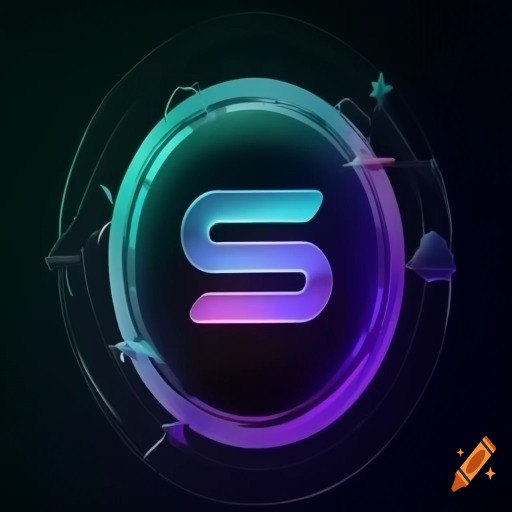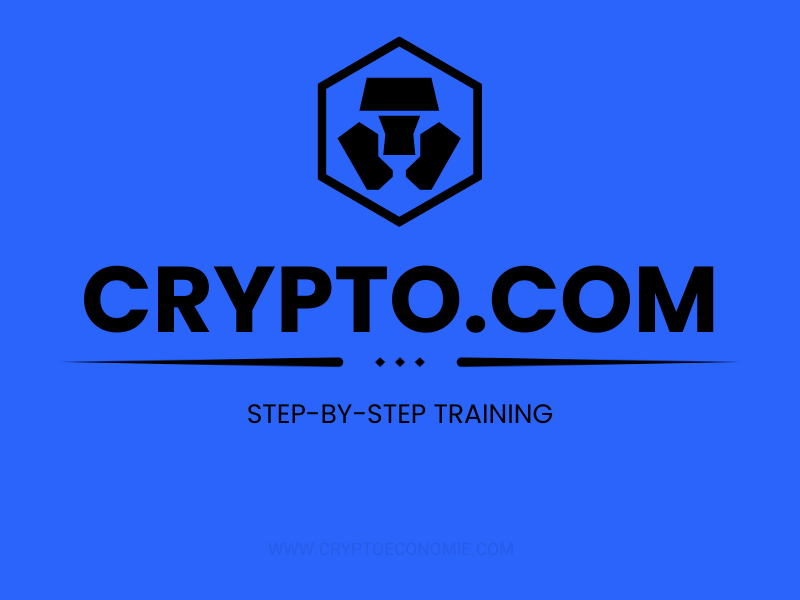Understanding Initial DEX Offerings (IDO): A simple Guide

Discover how Initial DEX Offerings (IDO) work. Our simple guide breaks it down for you. Dive in and explore the future of crypto investing today!
As we dive into the vibrant world of cryptocurrency, one term we often encounter is Initial DEX Offering (IDO). This innovative fundraising method has gained significant traction in the crypto space, transforming how new projects raise capital.
In this article, we will explore what IDOs are, how they work, the types of IDOs, their pros and cons, and provide a simple example for better understanding. So, let’s embark on this educational journey together!
What is an Initial DEX Offering (IDO)?
An Initial DEX Offering (IDO) is a fundraising method where a project sells its tokens directly to investors via a decentralized exchange (DEX). Unlike traditional fundraising methods such as Initial Coin Offerings (ICO) or Initial Exchange Offerings (IEO), IDOs offer a more decentralized approach, allowing anyone with a crypto wallet to participate in the offering.
How Does an Initial DEX Offering (IDO) Work?
The mechanics of an IDO can be broken down into a few key steps. Here’s a simplified version of the process:
1. Project Development: The team behind a new crypto project develops their idea and creates a utility token that they want to sell.
2. Platform Selection: The project team selects a decentralized exchange that supports IDOs. Popular DEX platforms for IDOs include Uniswap, PancakeSwap, and SushiSwap.
3. Smart Contract Creation: The project creates a smart contract that governs the token sale, detailing how many tokens will be available, the price, and the duration of the sale.
4. Announcement: The project announces the IDO date and details to attract potential investors. Marketing is crucial here, as projects aim to build hype around their offering.
5. Token Sale: On the scheduled date, investors can purchase tokens directly from the DEX by trading their cryptocurrencies for the new tokens.
6. Token Distribution: After the sale ends, the tokens are distributed to the investors’ wallets, allowing them to trade or hold their new assets.
Simple Example of an IDO
Let’s say a project called “CryptoGarden” aims to launch a new token called $GARDEN. The team decides to conduct an IDO on a popular decentralized exchange, Uniswap.
They set a token supply of 1 million $GARDEN tokens with a price of 0.05 ETH each. They promote the IDO on social media, engaging potential investors and building excitement. On the IDO launch day, investors connect their wallets to Uniswap and buy $GARDEN tokens directly from the platform. Once the IDO concludes, the tokens are distributed, and investors can start trading $GARDEN on the exchange.
Types of Initial DEX Offerings (IDO)
While IDOs generally follow the steps mentioned above, there are different types of IDOs that cater to varying project needs:
Standard IDOs: This is the most common type where tokens are sold on a DEX without any restrictions. Fair Launch IDOs: These IDOs do not allow any pre-sale or private sale of tokens, ensuring that everyone has an equal opportunity to participate. Liquidity Bootstrapping IDOs: These IDOs involve creating liquidity on the DEX through an initial offering, allowing the price to adjust based on market demand. Vesting IDOs: In this type, tokens are distributed over a period, preventing early investors from selling their tokens immediately and causing price volatility.
Pros and Cons of Initial DEX Offerings (IDO)
Like any investment opportunity, IDOs come with their own set of advantages and disadvantages. Here’s a closer look:
Pros of IDOs
Accessibility: Anyone with a crypto wallet can participate, eliminating barriers to entry. Decentralization: IDOs do not rely on a centralized exchange, enhancing the democratic nature of fundraising. Instant Trading: Tokens are available for trading immediately after the sale ends, allowing for quick liquidity. Low Fees: Generally, IDOs have lower fees compared to traditional fundraising methods.
Cons of IDOs
Lack of Regulation: The decentralized nature means less oversight, which can lead to scams or poorly managed projects. High Risk: Investing in new projects is inherently risky; many may fail or not deliver on their promises. Price Volatility: IDO tokens can experience significant price fluctuations immediately after the launch, impacting investor returns. Competition: Given the popularity of IDOs, projects often compete fiercely for investor attention, making it challenging for new projects to stand out.
Frequently Asked Questions (FAQs)
Q1: How do I participate in an IDO?
A1: To participate in an IDO, you need to have a crypto wallet that supports the DEX where the IDO is being held. Then, you can follow the project’s announcements for details on how to buy tokens during the sale.
Q2: Are IDOs safe?
A2: While IDOs offer unique opportunities, they carry inherent risks. Conduct thorough research on the project and its team before investing, as the lack of regulation can expose investors to scams.
Q3: How do I find upcoming IDOs?
A3: You can find upcoming IDOs through crypto news websites, social media, and dedicated platforms that track new token launches.
Q4: What is the difference between IDO, ICO, and IEO?
A4: An ICO (Initial Coin Offering) is typically more centralized and involves direct sales to investors. An IEO (Initial Exchange Offering) occurs on a centralized exchange, with the exchange acting as an intermediary. In contrast, an IDO is entirely decentralized and allows direct trading on DEXs.
Conclusion
In summary, Initial DEX Offerings (IDO) present an exciting avenue for both projects and investors in the cryptocurrency space. By understanding how IDOs work, their types, and their pros and cons, we can better navigate this rapidly evolving market.
As with any investment, due diligence is essential to make informed decisions. As we explore the world of IDOs together, let’s continue to learn and grow in our crypto journeys!
Related News


Add a Comment
Please login to your account to post a comment.
Popular News
A Golden year for gold Could Bitcoin reach new price highs following gold lead?
2024-09-27 07:39:00
Meta $4.5 billion loss in the last 3 months. Metaverse bubble destruction domino activated?
2024-08-02 13:44:00
Important tips for the successful entry of inexperienced people into digital currencies
2024-03-14 10:32:00
TonKeeper Wallet Tutorial
comprehensive coinbase exchange review











cryptoeconomie is an independent media outlet covering the cryptocurrency industry. Its journalists adhere to a strict set of editorial policies. cryptoeconomie has adopted a set of principles aimed at ensuring the integrity, editorial independence and freedom from bias of its publications. cryptoeconomie provides essential analysis of the cryptocurrency market. Our goal is to inform, educate and share valuable information with our readers. Our editorial content is based on our passion for providing unbiased news, in-depth analysis, comprehensive cryptocurrency price charts, insightful opinions, as well as regular reporting on the social transformation that cryptocurrencies are bringing. We believe that the world of blockchain and cryptocurrencies will grow exponentially and become an integral part of our daily lives. We work every day to help educate our readers and raise awareness of the complexities and benefits offered by today’s digital revolution.
Categories
- NFT
- Defi
- Metaverse
- News
- Web3
- Crypto Exchanges News
- Stablecoins
- Altcoins
- Bitcoin
- Technologi
- Artificial Intelligence
- Crypto Learning
- Crypto Glossary
- Crypto Exchanges Training
- Ethereum
- Solana
- Regulation
- Crypto Reviews
- Centralized Exchanges
- Decentralized Exchanges
- Crypto Wallet
- Crypto Investment Training
- Trading Education
- Crypto Projects
© Copyright 2025 cryptoeconomie.com . Design by: uiCookies

























Comments